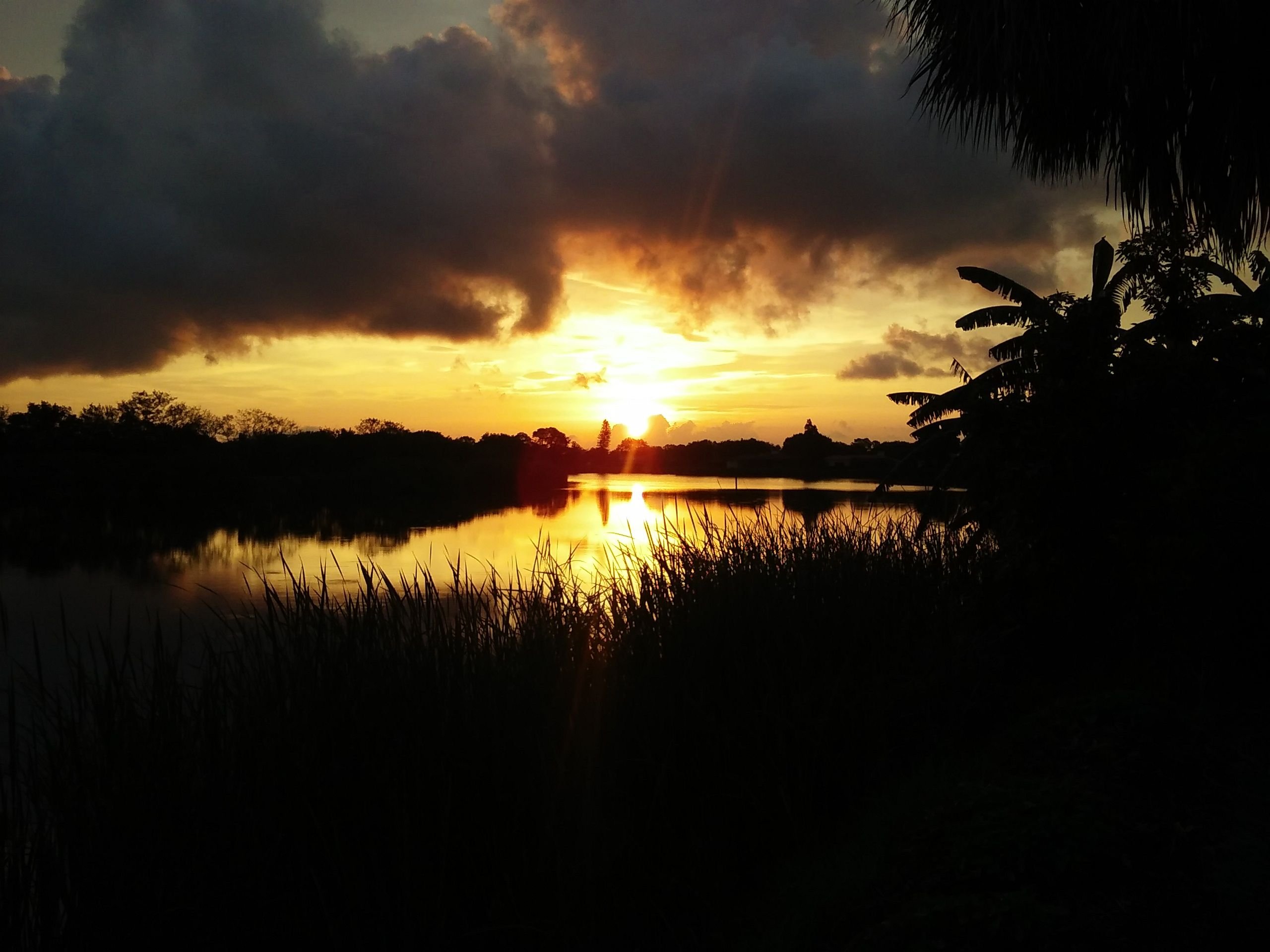Unlike all other creatures living by their natural instincts, human beings have learned how to live by learning from the culture in which they were born and raised. Today at least 50% of the world population lives in cities, whose inhabitants depend completely on the infrastructures provided by others and the food grown by others to survive.
If you were to take someone who was born and grew up in the city and drop him somewhere in the wilderness, most likely he would just perish because he would have already lost the natural instincts and abilities to survive in nature. Yet, many people who are dissatisfied with their city lives have moved to a less populated area with more land and opportunities for homestead there. How do they gain skills? Well, most likely they learn it from someone who has been there and done that, either in person or through information from books, videos, the internet, etc.
As for me, I was born and raised in the city so I knew nothing about homesteading. Over the years I have acquired knowledge from many different sources. However,
The most informative source of knowledge that has helped me on my homesteading journey is permaculture.
Permaculture is a new word coined by Bill Mollison and David Holmgren that first appeared in 1978. Yet, it has been a practice of many indigenous people for thousands of years. Obviously, they knew what they were doing because they not only survived but also didn't destroy the land as modern agriculture did. There is so much we can learn from them.
Permaculture is a system of agricultural and social design principles centered around simulating or directly utilizing the patterns and features observed in natural ecosystems. The term permaculture was developed and coined by David Holmgren, then a graduate student, and his professor, Bill Mollison, in 1978. The word permaculture originally referred to "permanent agriculture",[1] but was expanded to stand also for "permanent culture", as it was understood that social aspects were integral to a truly sustainable system as inspired by Masanobu Fukuoka’s natural farming philosophy. wikipedia
I attended both an online and an intensive 12-day hands-on Permaculture Design Course (PDC) and received a PDC certificate. Later I read two books:
Permaculture A Designer's Manual by Bill Mollison
Permaculture Principles & Pathways Beyond Sustainability by David Holmgren
The training and the books have laid down a solid foundation for my homesteading journey. Through the excellent observation of nature and indigenous people, they show us proven practices that have worked for many thousands of years. Mollison's book is like an encyclopedia giving many examples of homesteading while Holmgren's book focuses on the principles.
However, my real-life knowledge comes from my own hands-on practices on my homestead and getting personal and intimate feedback from nature, the ultimate source of all knowledge.
Furthermore, I also believe these practices were designed by the Creator himself when He first created humans and the first garden for them - the garden of Eden.
And the LORD God took the man and put him into the garden of Eden to dress it and to keep it. -Genesis 2:15
This LORD God is the same One who created the heaven and the earth in Genesis 1:1. So He obviously knows what He is doing and how all things work together.

Sunrise from My Homestead
